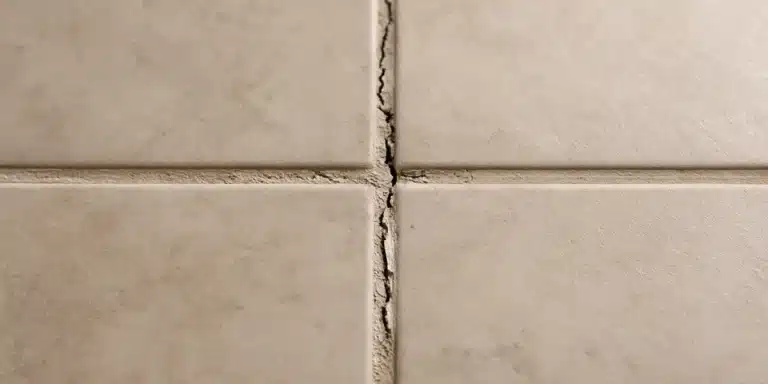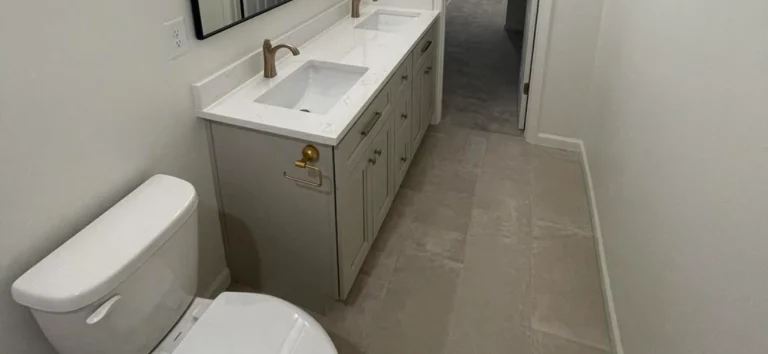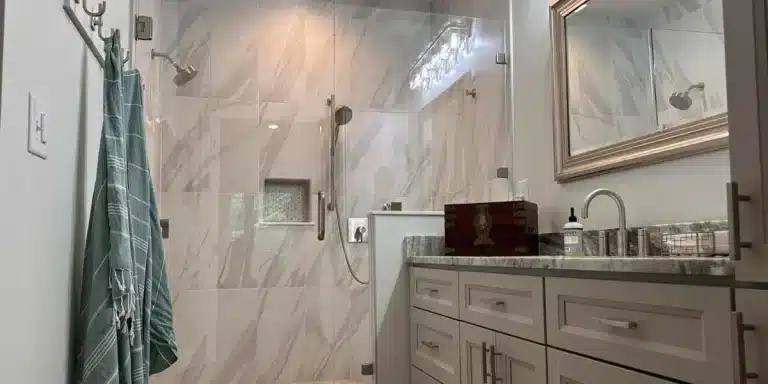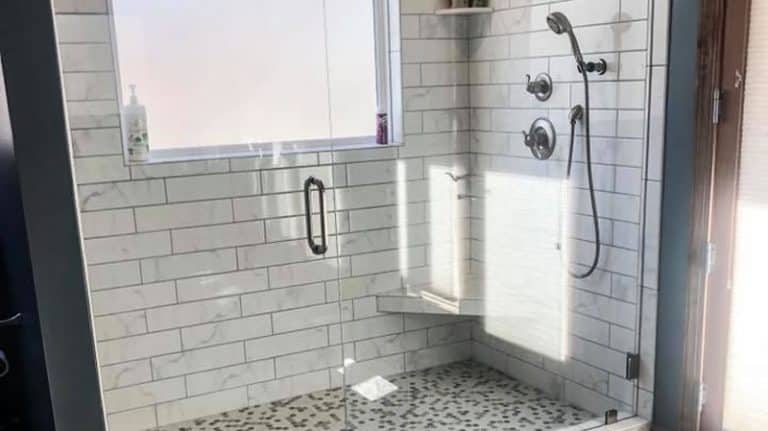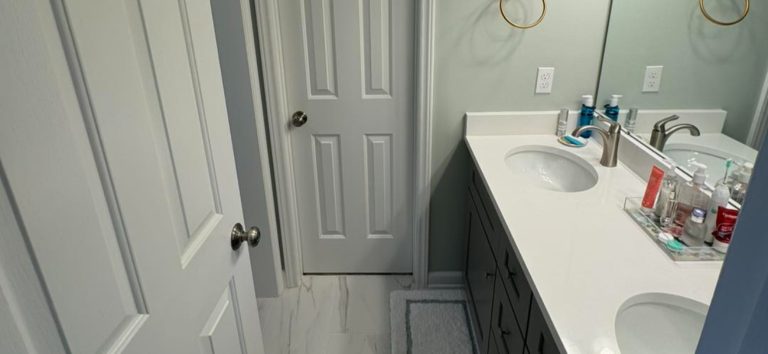How to Soundproof a Bathroom in a Shared Living Space
In any shared home—whether it's a busy family household, a roommate arrangement, or a multigenerational setup—bathroom privacy matters. Unfortunately, standard construction often does little to muffle the everyday sounds coming from bathrooms. From flushing toilets to running showers and exhaust fans, these noises can disrupt sleep, concentration, and comfort.
If you’re remodeling your home in Wake County, NC, soundproofing your bathroom should be part of the plan. At Branch Home Improvements, we help homeowners create more peaceful, functional homes—starting with the details that matter most.
Why bathroom noise is such a common issue
Most bathrooms share walls with bedrooms, hallways, or living rooms—areas where quiet matters. But builders rarely insulate these walls for sound control, especially in older or builder-grade homes. The result?
-
- You hear everything from the next room
- Conversations echo through vents or plumbing chases
- Stealthy middle-of-the-night trips to the bathroom feel impossible
The good news? With the right remodeling techniques, you don’t have to live with this anymore.
Our approach to bathroom soundproofing
When you hire Branch Home Improvements for your bathroom renovation, you're not just getting a cosmetic upgrade. We take a holistic approach that considers how the space impacts the rest of your home—acoustically, functionally, and visually. Soundproofing isn’t an afterthought for us. It’s a key component of building a bathroom that enhances your comfort and privacy, especially in homes where shared walls are common.
Here’s how we thoughtfully integrate sound control into every bathroom remodel:
1. Upgrade wall insulation
A common source of noise transfer is inadequate wall insulation—especially in older homes where fiberglass batts were installed for temperature control but not for sound. We improve this by replacing or supplementing with mineral wool (rockwool) insulation. This dense, fibrous material is specifically engineered for sound absorption and offers multiple benefits:
-
-
- It dampens mid-to-high frequency noises like voices, flushing, and fan motors
- It’s naturally resistant to fire and moisture, making it ideal for bathroom applications
- It fits tightly into wall cavities, reducing gaps that sound can pass through
-
This upgrade is most effective when used between the bathroom and adjacent sleeping or living spaces.
2. Use sound-dampening drywall
For high-performance soundproofing, insulation alone isn’t enough. We often recommend replacing standard drywall with advanced acoustic drywall products like QuietRock® or SoundBreak XP®. These panels are designed with internal damping layers that:
-
-
- Block both airborne and impact noise
- Minimize vibration transmission between wall surfaces
- Work synergistically with acoustic caulking and insulation
-
These materials are ideal for shared walls or ceilings where sound is most noticeable, and they add substantial value during your bathroom remodeling project.
3. Seal gaps and hidden penetrations
Unwanted sound often travels through the smallest openings. To truly soundproof a space, we address every detail that could compromise acoustic performance. This includes:
-
- Sealing around outlets, light switches, and junction boxes using acoustical putty pads
- Applying acoustic sealant at wall intersections, sill plates, and around framing
- Encasing plumbing chases or ductwork with insulation and drywall to limit echo and vibration
- Installing backer boxes around recessed lighting to create a physical sound barrier
This level of detail ensures that even the quietest sounds stay where they belong—inside the bathroom.
4. Replace hollow-core doors with solid-core options
Bathroom doors are often overlooked in terms of sound control, but they play a major role. Hollow-core doors, which are standard in many homes, allow sound to pass through easily due to their lightweight construction. We typically recommend replacing them with solid-core doors as part of your bathroom renovation. Benefits include:
-
-
- Greater mass for improved noise reduction
- Enhanced privacy for both bathroom users and nearby occupants
- Long-term durability and a more upscale finish
-
We can further enhance the door’s performance with high-quality weather stripping or drop-down acoustic thresholds to reduce sound transfer beneath the door.
5. Reconfigure the layout for acoustic advantage
If you're planning a more comprehensive bathroom remodel, layout adjustments can help mitigate sound at the source. As part of our design process, we evaluate how fixture placement and wall configurations influence acoustics. Solutions may include:
-
-
- Relocating the toilet or shower to reduce direct alignment with bedroom walls
- Incorporating linen closets or shelving along shared walls to buffer sound
- Shaping the room to reduce echo, especially in bathrooms with high ceilings or hard surfaces
-
These layout enhancements do more than reduce noise—they also contribute to better space utilization and daily usability.
Real-world example: A better bathroom for a growing family
A recent client in Apex, NC asked us to remodel the upstairs hall bathroom in their 1980s home. With three kids sharing bedrooms nearby, nighttime bathroom trips were waking everyone up. We:
-
- Removed the old fiberglass insulation
- Installed mineral wool in the shared walls
- Upgraded to a solid-core door with soft-close hinges
- Used sound-dampening drywall on the bedroom side of the wall
The result? A much quieter bathroom—and better sleep for everyone.
Other upgrades to consider during your bathroom remodel
If minimizing noise is one of your goals, there are additional upgrades that can significantly enhance the peace and quiet of your bathroom—both during the day and at night. While not all of these are dedicated soundproofing measures, they each contribute to a quieter, more comfortable space when thoughtfully selected during your bathroom remodeling project.
Upgrade to ultra-quiet exhaust fans
Older or builder-grade exhaust fans are one of the biggest culprits for unwanted bathroom noise. Many models operate at 3.0 sones or higher—a level that’s clearly audible and often distracting. As part of your remodel, we recommend replacing them with high-performance units rated at 1.5 sones or less, which operate with a whisper-quiet hum.
Some of the best models also include:
-
- Built-in humidity sensors for automatic operation
- LED lighting for energy-efficient illumination
- Decorative covers that blend seamlessly with your design
This simple upgrade improves both comfort and ventilation, especially in bathrooms near bedrooms or nurseries.
Add soft-close toilet seats and lids
While it may seem minor, a slamming toilet seat can disrupt sleep or quiet moments—especially in households with children or multiple occupants. During your bathroom renovation, we can install soft-close toilet seats and lids that glide shut without any noise.
They’re affordable, easy to clean, and available in designs that match your toilet style. Paired with soft-close cabinet hardware, these details go a long way toward creating a more refined and peaceful experience.
Choose quieter tile and finish materials
Hard surfaces reflect sound, and in small spaces like bathrooms, that can lead to echo or sharp acoustics. During the design phase of your bathroom remodel, our team will guide you in selecting:
-
- Matte or textured tiles, which help diffuse sound compared to glossy finishes
- Natural stone or cork-based products, which absorb more sound than rigid ceramic or glass
- Padded or sound-dampening wall panels, where applicable
Balancing visual aesthetics with acoustic performance is part of the design expertise you get when working with Branch Home Improvements.
At Branch Home Improvements, every bathroom renovation we take on is guided by your real-world needs—not just design trends. Whether you're upgrading for privacy, comfort, or peace of mind, we’re here to deliver solutions that truly improve how your space functions.
Proudly serving Wake County and surrounding areas
We provide bathroom remodeling and soundproofing services throughout:
-
- Apex
- Cary
- Holly Springs
- Fuquay-Varina
- Garner
- Wake Forest
- Raleigh
- Morrisville
- Rolesville
- And nearby communities in Wake County, NC
Ready for a quieter, more private bathroom?
Get the peace and privacy your home deserves
If you're tired of hearing everything through the bathroom walls—or worried about waking others—Branch Home Improvements can help. Our expert remodeling team will assess your layout, recommend the best materials, and deliver a finished space that feels private, peaceful, and professionally built.
Call today or request your free estimate to get started on your soundproof bathroom remodel in Wake County or the surrounding area. We specialize in high-quality bathroom renovations, kitchen remodels, basement finishing, and full interior remodeling.


